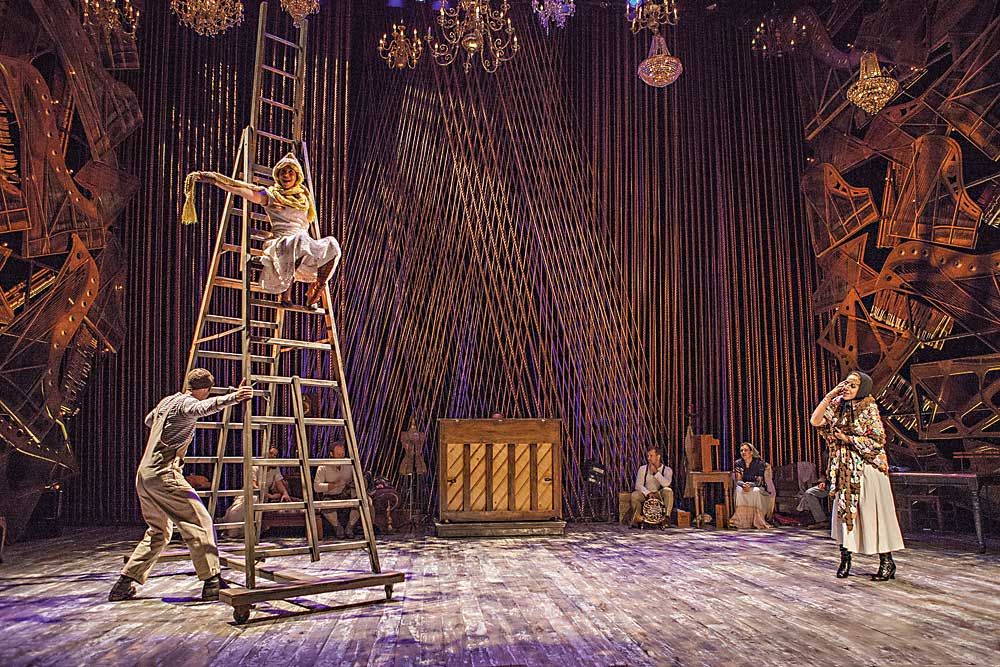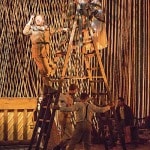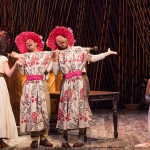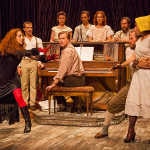How do you mount Into the Woods with 11 actors and no trees? Those are the main questions answered by Fiasco Theater‘s new reimagining of the Stephen Sondheim/James Lapine musical. The company took an actor-driven, ensemble-based approach to the material. Everyone did everything—acted, played instruments and moved props. Scroll down for testimonials from the design team and a slideshow from the production.
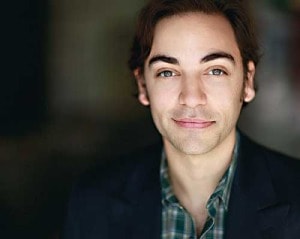
Ben Steinfeld, CO-DIRECTOR, ACTOR: As we talked about Into the Woods, we realized that the piece deals a lot with inheritance, and what we do with the things that we inherit—family and expectations and emotions and objects. And so we came up with the attic of memory, a space full of objects you could find in an attic, maybe from 100 years ago—it contained a grandfather clock, a ladder, sheet music, packing crates, pieces of furniture and a piano that we based the whole show around. Personally, I’ve inherited my grandfather’s piano from my parents—it’s an object made up of wood and strings, but when a piano becomes part of your family history, it takes on a magical power. And that’s true of all the objects in the story.
We take our roles as storytellers seriously, and that means contributing to the scenes we are not in, in terms of providing musical support, sound support and physical support. As far as music goes, we always just base it on what the actors can play. I play the guitar quite a bit in the show—so we created a guitar/banjo sound for Jack and Jack’s mother, to really make them feel like they’re on the farm. The lifeblood and the heartbeat of the production have to do with the way the whole ensemble shares in the storytelling.
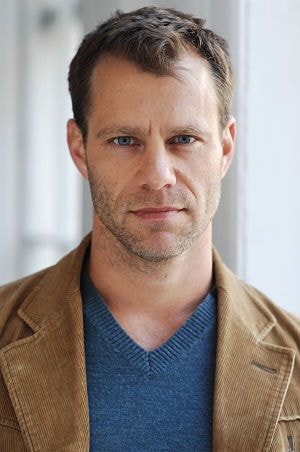
Noah Brody, CO-DIRECTOR, ACTOR: We choose productions based on a series of criteria—it has parts we want to play, and it has a message and story and theme that we can stand behind as storytellers. In the case of Into the Woods, it’s about storytelling and the consequences of that. Sondheim made sense for us because he writes for actors. We knew that we were bringing our skill set as a classical [ensemble of actors]. We were looking for a challenge that our skills could meet. To our delight, that was the case for this musical.
Jesse [Austrian, who plays the Baker’s wife] and I are married. And we inherited her grandmother’s piano, which will take up a prominent space in our house. We knew we weren’t going to be playing the full score, but because it’s a musical, the beating heart of the center is music, so we knew there had to be a central musical instrument. And a piano makes sense musically, because it’s an instrument you can condense a full score into when you don’t have an orchestra, and still retain that fullness and lushness. It has such a range of voices.
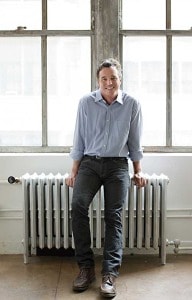
Derek McLane, SET DESIGN: When Fiasco approached me, they said they didn’t want a forest, but they needed a container to put the show into. I felt I needed to create some abstract version of the woods. So I thought: What if it was all inside a piano? Upstage, there’s a giant exploded piano harp, with hundreds and hundreds of piano strings in different layers, going from bass strings to treble strings. They’re over-scaled, but they’re laid out in a way that’s very true to the pattern and angle of the strings you would find in a grand piano. On the sides of the stage are a number of stripped-down piano harps. All of this is open so everything can be lit-through—which is part of what gives it that evocation of the woods, even though nothing looks like the woods.
In a funny way, Sondheim’s work—some of those shows have been done so many times that it’s almost like doing a classic. There’s such a long history of significant productions, so you actually feel an obligation to try something original. It would be a wasted opportunity not to.
Fiasco Theater’s re-imagined Into the Woods, with music and lyrics by Stephen Sondheim and book by James Lapine, was first commissioned and produced by the McCarter Theatre Center in New Jersey, where it ran May 3–June 9, 2013. It then ran July 12–Aug. 17, 2014 at the Old Globe in California and will next be mounted at Roundabout Theatre Company in New York City (Dec. 18, 2014–March 22, 2015). It was directed by Noah Brody and Ben Steinfeld and featured choreography by Lisa Shriver, scenic design by Derek McLane, costume design by Whitney Locher, lighting design by Tim Cryan, sound design by Darron L West, music direction and orchestrations by Matt Castle, and associate direction by Michael Perlman.

